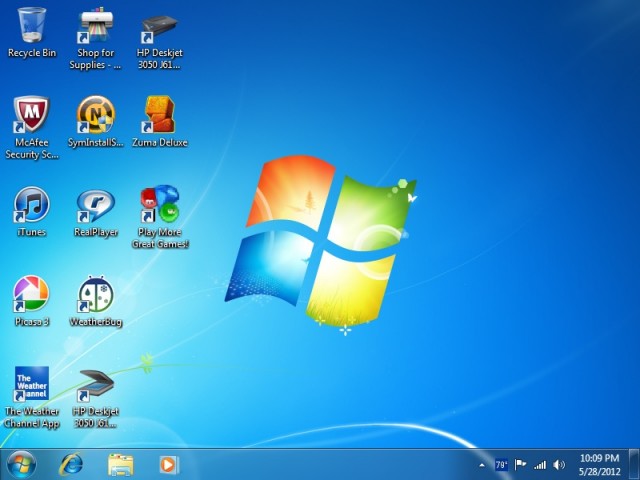Eventually, we need to replace our old desktop or laptop. No matter how good we maintain it; our old computer will eventually lose the ability run latest software and operating system. Even so, it is possible to lengthen the useful life of our computer by getting rid of the unnecessary junk software. PC manufacturers could load our computer with a whole bunch of useless software and there are things we could do to remove them. However, there are a few software-based solutions that we shouldn’t remove or disable:
The first thing that our computer loads is probably the Windows Update and it opens the huge Microsoft Server somewhere in the cloud. It will update our operating system, by applying a whole pack of patches. The operating system may need fixing if it poorly handles newly discovered security hole or newly spread malware. Windows Update will run on a specific schedule and it tries to make sire to keep our computer current.

Our PC could include a kind of Internet Security software that’s bundled out of the box. Unfortunately, developers of this software may try to play on our emotions. It could come with 30, 60 or 90 days of free usage to make us hooked with all the useful features. When the time is up, the software will terminate all services and ask us for an annual subscription for a specific fee. It is advisable to uninstall this software and replace it with the Microsoft Security Essentials. If not already installed, we could search and download it. This will save us a lot of headaches and money down the road.
It should be easy to uninstall the included internet security program. In Windows 7, we could go to the Programs and Features section in the Control Panel. Scroll down to locate the software that we want to remove and click the “Uninstall” button to remove the software. This is a particularly important step if we want to install a new antivirus software, because having two of them in our computers would be a bad idea. This could cause undesirable conflicts, so disabling the old one won’t be enough.
Current computers need to plugins to run multiple multimedia and other file formats. Adobe Flash is an essential multimedia plugin that is required to play most videos on the web. Some web content may also require Flash to allow for user interactions. We could go directly to Adobe’s official website to download the latest Flash version. While we are in Adobe’s website, we should also look for the latest Adobe Reader version. Many documents are now distributed in PDF files and they can be attached easily in email or opened directly on web browsers if Adobe Reader is already installed. Some websites may require more complex capabilities, such as the ability to download YouTube videos to our hard drive and they may need Oracle Java, so we should also install its latest version.

























